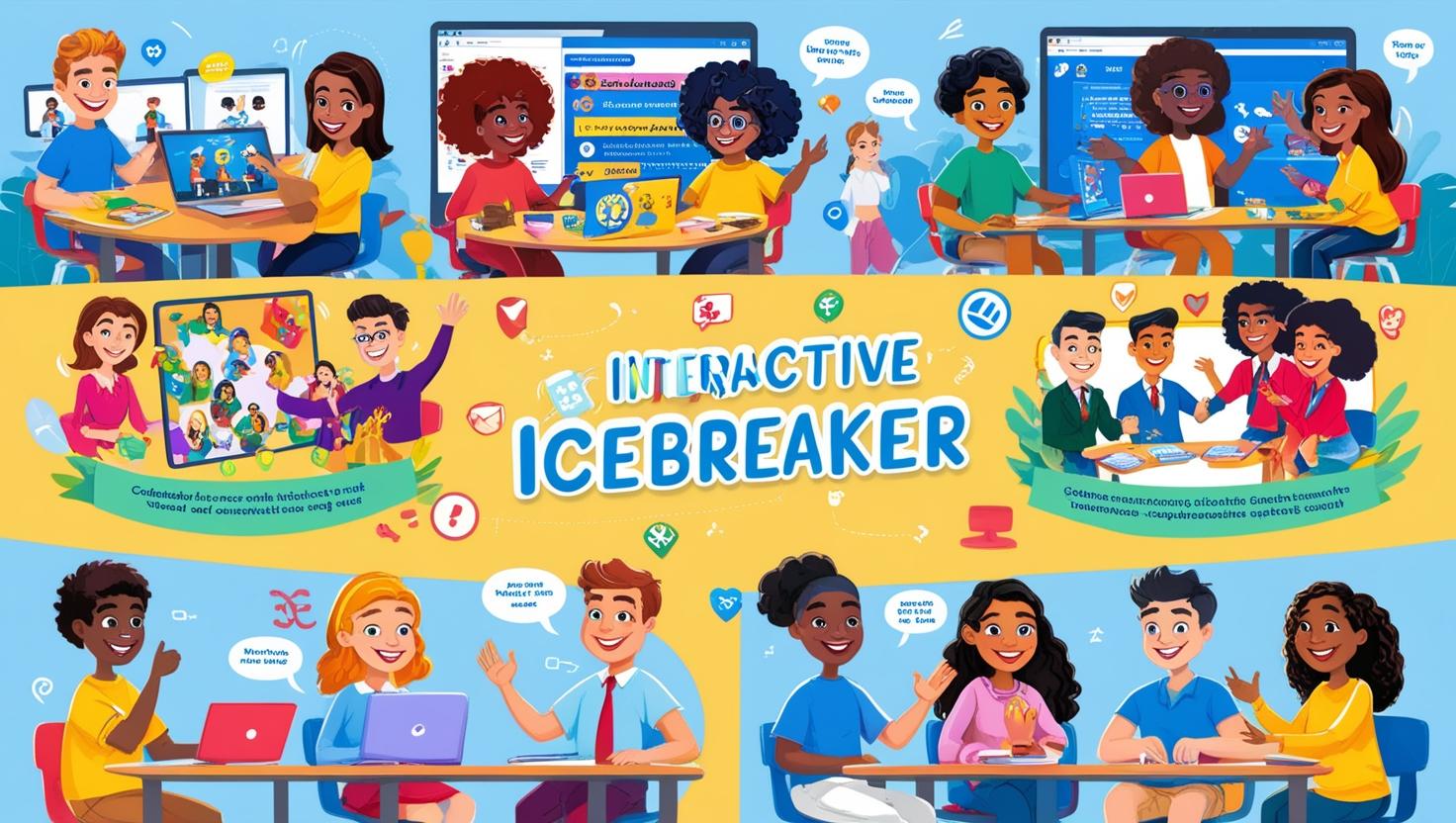You’ve built your digital course, and now you’re nurturing a community around it. But how do you get the conversation flowing and help your students connect with each other? The answer lies in the power of icebreaker activities.
Just like in a physical classroom or workshop, icebreakers in your online course community serve as valuable tools to break the tension, encourage interaction, and foster a sense of camaraderie among your learners. They help students feel more comfortable sharing, participating, and ultimately, getting the most out of your course.
Why Use Icebreakers in Your Online Course Community?
- Reduce Initial Hesitation: Many students might feel shy or intimidated to be the first to post or engage in a new community. Icebreakers provide a low-pressure way for them to introduce themselves and start interacting.
- Foster Connections: By prompting students to share common interests or goals, icebreakers help them find common ground and build relationships with their peers.
- Create a Welcoming Atmosphere: Fun and engaging icebreakers can set a positive and welcoming tone for your community, making new members feel more comfortable and included.
- Gather Insights: Well-designed icebreakers can also provide you with valuable insights into your students’ backgrounds, motivations, and expectations.
- Increase Engagement: Once students start interacting, they are more likely to continue participating in discussions and contributing to the community.
Fun and Effective Icebreaker Activities to Try:
Here are some engaging icebreaker ideas you can adapt for your digital course community:
1. The “Two Truths and a Lie”:
- How it works: Ask each member to share three “facts” about themselves – two true and one false. The other members then try to guess which statement is the lie.
- Why it works: It’s a fun and lighthearted way for people to reveal interesting things about themselves and encourages interaction as others try to guess.
2. “My Biggest Goal for This Course”:
- How it works: Ask each member to share their primary goal for taking the course. What do they hope to achieve or learn?
- Why it works: This helps students connect with others who have similar objectives and provides you with valuable insights into their motivations.
3. “Share Your Wins (Big or Small)”:
- How it works: Encourage members to share any recent wins or accomplishments, no matter how small, related to the course topic or their personal development.
- Why it works: This fosters a positive and supportive environment where students can celebrate each other’s progress and feel inspired.
4. “The Icebreaker Question of the Week”:
- How it works: Each week, pose a fun and engaging question to the community. This could be related to the course topic, their hobbies, or even just a lighthearted “what’s your favorite way to unwind?” question.
- Why it works: It provides a consistent prompt for interaction and keeps the conversation flowing.
5. “Introduce Yourself and Share Your Biggest Challenge”:
- How it works: Ask new members to introduce themselves and briefly share the biggest challenge they are currently facing related to the course topic.
- Why it works: This helps students connect on a deeper level by sharing their vulnerabilities and allows others to offer support or advice.
6. “The ‘Would You Rather?’ Game (Course Edition)”:
- How it works: Pose “Would You Rather?” questions related to the course topic (e.g., “Would you rather master one core concept deeply or have a broad understanding of many?”).
- Why it works: It’s a fun and engaging way to spark discussions and reveal different perspectives.
Tips for Implementing Icebreakers Successfully:
- Make it Easy to Participate: Provide clear instructions and ensure the activity doesn’t require too much time or effort.
- Lead by Example: As the course creator, be the first to participate in the icebreakers to set the tone and encourage others.
- Moderate and Engage: Actively participate in the discussions, ask follow-up questions, and acknowledge students’ contributions.
- Keep it Light and Fun: The goal is to break the ice, so keep the activities positive and enjoyable.
- Don’t Overdo It: Start with one or two icebreakers and gradually introduce more as the community grows.
- Tailor to Your Audience: Choose icebreakers that are appropriate for the age and interests of your students.
Conclusion:
Implementing engaging icebreaker activities is a simple yet powerful way to foster connection, build rapport, and create a thriving community around your digital course. By making your students feel welcome, comfortable, and connected, you’ll not only enhance their learning experience but also cultivate a loyal and supportive community that will benefit your course in the long run.
What are some of your favorite icebreaker activities for online communities? Share your ideas in the comments below!
